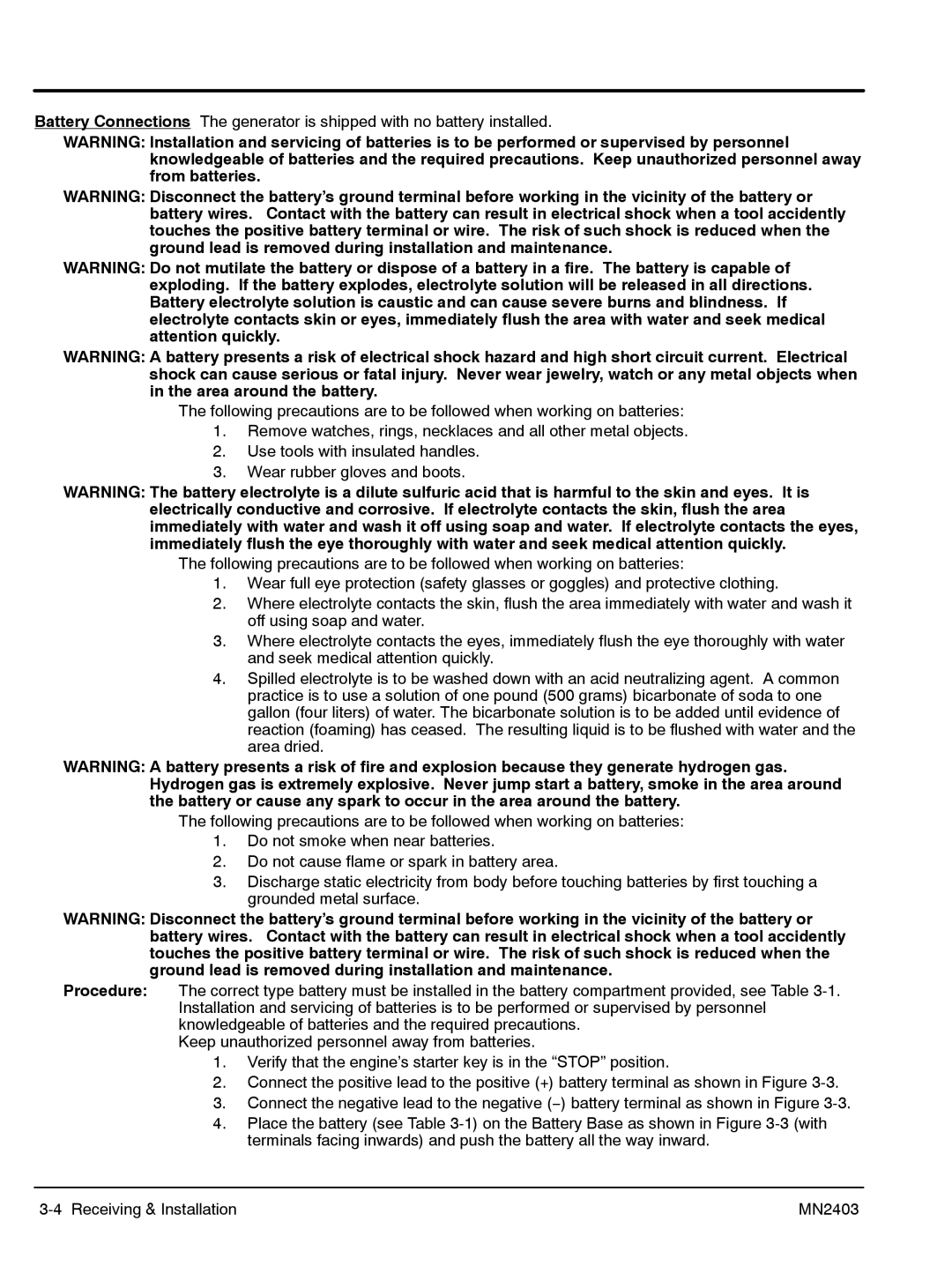PC32RI, PC43RI specifications
The Baldor PC32RI and PC43RI are a pair of robust and efficient industrial motors designed for demanding applications, particularly in the food and beverage industry, packaging, and other heavy-duty sectors. These motors are known for their reliability and high performance, making them ideal for environments that require continuous operation.One of the main features of the Baldor PC32RI and PC43RI is their high efficiency. These motors are designed to meet or exceed the efficiency standards set by the National Electrical Manufacturers Association (NEMA). This efficiency translates to reduced energy consumption, which not only lowers operating costs but also contributes to a smaller carbon footprint. The motors are engineered to optimize performance while minimizing heat generation, enhancing their longevity and reducing maintenance needs.
Another significant characteristic of these motors is their advanced design, which incorporates innovative technologies. The PC32RI and PC43RI feature robust construction with high-quality materials that ensure durability and reliability under harsh conditions. They include an adjustable base, allowing for flexible mounting options, which is crucial for various installation needs. The motors also come with sealed bearings, enhancing their reliability by preventing contamination from dust and moisture in industrial settings.
The Baldor PC32RI and PC43RI motors also employ electronic controls that provide precision in operation. These controls allow for variable speed functionality, which is essential for applications requiring precise torque and speed adjustments. This flexibility is particularly beneficial in processes where load conditions frequently change. Furthermore, the integration of built-in safety features, such as over-temperature and overload protection, ensures that the motors operate within safe parameters, prolonging their service life and safeguarding connected equipment.
In addition to these technological advancements, the Baldor PC32RI and PC43RI are also designed to be user-friendly. The motors come with comprehensive documentation and support, making installation and troubleshooting straightforward for operators. Their compact design allows for easy integration into existing systems without requiring extensive modifications.
Overall, the Baldor PC32RI and PC43RI stand out in the market due to their combination of efficiency, durability, and advanced technology. These motors are perfect for businesses seeking reliable solutions to enhance their productivity and reduce operational costs. With a strong emphasis on innovation and performance, Baldor continues to set a standard in the industrial motor industry.

